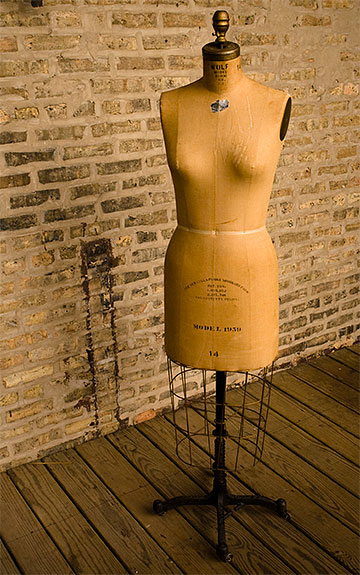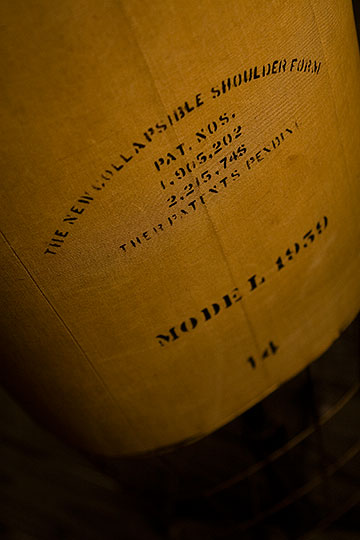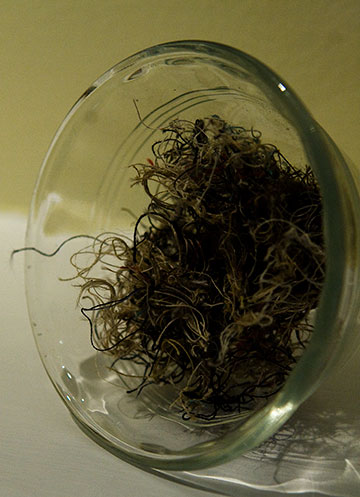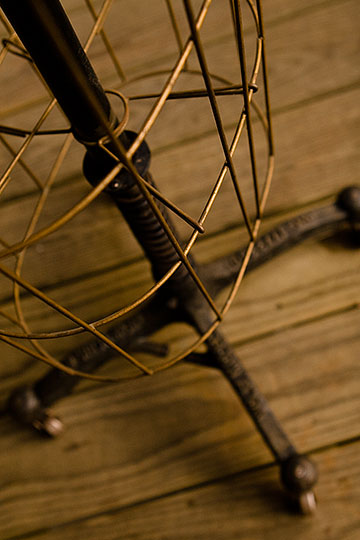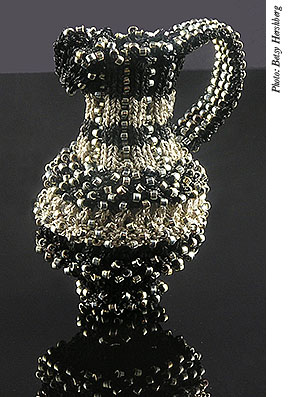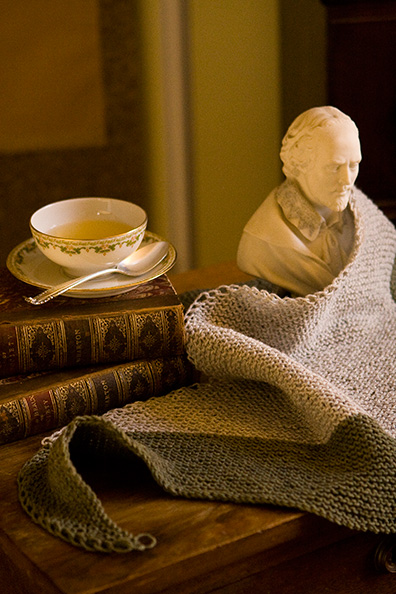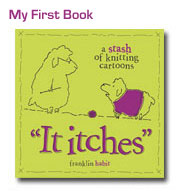This has been a dreary spring even for a city in which dreary weather is a specialty. The only thing grayer than the sky is the grass. Optimistic trees that put out buds during a freak warm spell weeks ago are now shivering with regret. We got a few daffodils and tulips, here and there. Most died quick and humiliating deaths, beheaded or stabbed in the back by the north wind.
To garden near the lake in Chicago is to be a masochist. Nature intended this land to be swamp, wind-swept and mostly populated by grass and skunk cabbage.* You are reminded of this every time you watch a perennial trumpeted as "bulletproof" pop its clogs due to the sort of bizarre weather you thought went out of fashion after they put the finishing touches on the Book of Exodus.
Mind you, the city's official motto is Urbs in horto–city in a garden. Hah. A fib in Latin is still a fib.
But this is the first place I've actually got dirt to play with, after a frustrated lifetime of poring over gardening books and poking dejectedly at window boxes. It's not my dirt, but it's dirt. Though I don't own it–it's a series of neglected beds attached to a condominium in my neighborhood–as long as I've got it, I'm going to make it bloom, dammit.
Unlike many of my strong impulses, which will not be itemized here as my mother is probably reading this, I know where this urge to garden comes from.
One of my very earliest memories, clear as a bell, is of sitting on the turf by my grandmother's vegetable garden, watching her dig and plant. I can't have been older than a year-and-a-half. I may have only just learned to sit up. But I recall the scent, and the feeling of the clammy earth, and the print of her cotton shirt and the soft sound of the spade. It was a moment of pure joy, and before I die I plan to recapture it as nearly and as often as possible.
The garden is long gone, but I know for certain that my fascination with planting and growing–which for years has been stifled–comes from that moment.
A New Pattern
When Véronik Avery asked me to do something with Boréale, the fingering weight yarn from her St-Denis Yarns line, the color and texture sparked the memory of my grandmother's garden. I'm sure it was because of the richness of the brown–deep, not dull–very much like well-worked soil.
I turned into a stole, Pauline, named after this lady, to whom I owe more than I can ever hope to repay. It's in Issue 3 of the St-Denis Magazine, now winging its way to local shops and online shops pretty much everywhere.

The pattern is designed to be extremely adaptable. Without any complicated math whatsoever you can change the width and length to suit your purposes. It'll scale down to a scarf or up to a bedspread with ease.
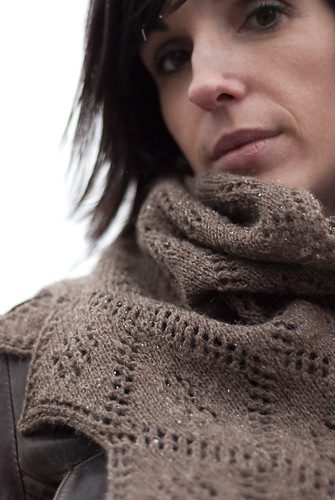
And the framework will accommodate your own choice of small lace motifs if you so fancy. I've put in things I remember my grandmother growing: peas-in-the-pod, strawberry blossoms, and (because even a vegetable garden should be pretty) hydrangeas.

The overall look is rustic. I wanted to see if I could make lace look pretty, but tough...just like my Grandma.
Royal Wedding Report
In case you haven't been following the unfolding events via Twitter at @yarnpoetharry and @doloresvanh, Harry made it to London. So did Dolores. She wasn't supposed to go, of course, but was (this is what I've been told) a victim of her own selflessness.
So worried was she about Harry's ability to negotiate the perils of O'Hare Airport on his own that she jumped through hoops to secure a "gate pass" from the airline and accompanied him to the aircraft. After helping him settle his snickerdoodles in the overhead compartment, she tried to exit, but tripped and got stuck under an empty seat in First Class.
Fancy that. It's a good thing she had a toothbrush, a copy of Liberated Ewe Quarterly and a week's worth of clothing with her.
I asked why the airlines didn't send her right back upon arrival at Heathrow. All I got was somewhat incoherent babble about one of the pilots busting in on her in the loo, and now having something in his private life he'd rather not have her tell the tabloids. If you want to know more, you can ask her. I'm keeping out of it.
Harry's Twitter feed suggests that he is having a marvelous time, making friends with Australian yarns who are also staying at the International Yarn Hostel in Wapping, visiting Kew Gardens, and going to see friends at I Knit London. Dolores can barely type at all, so I infer that she is also having a marvelous time in her own way.
I have been promised a full report after the solemn occasion, so look for it here this weekend or keep an eye on Harry's tweets. I hope he remembers to iron his formal morning ball band before setting off for the Abbey.
*Shikaakwa or chee-ca-gou in the tongue of the native peoples, from which comes our name.
